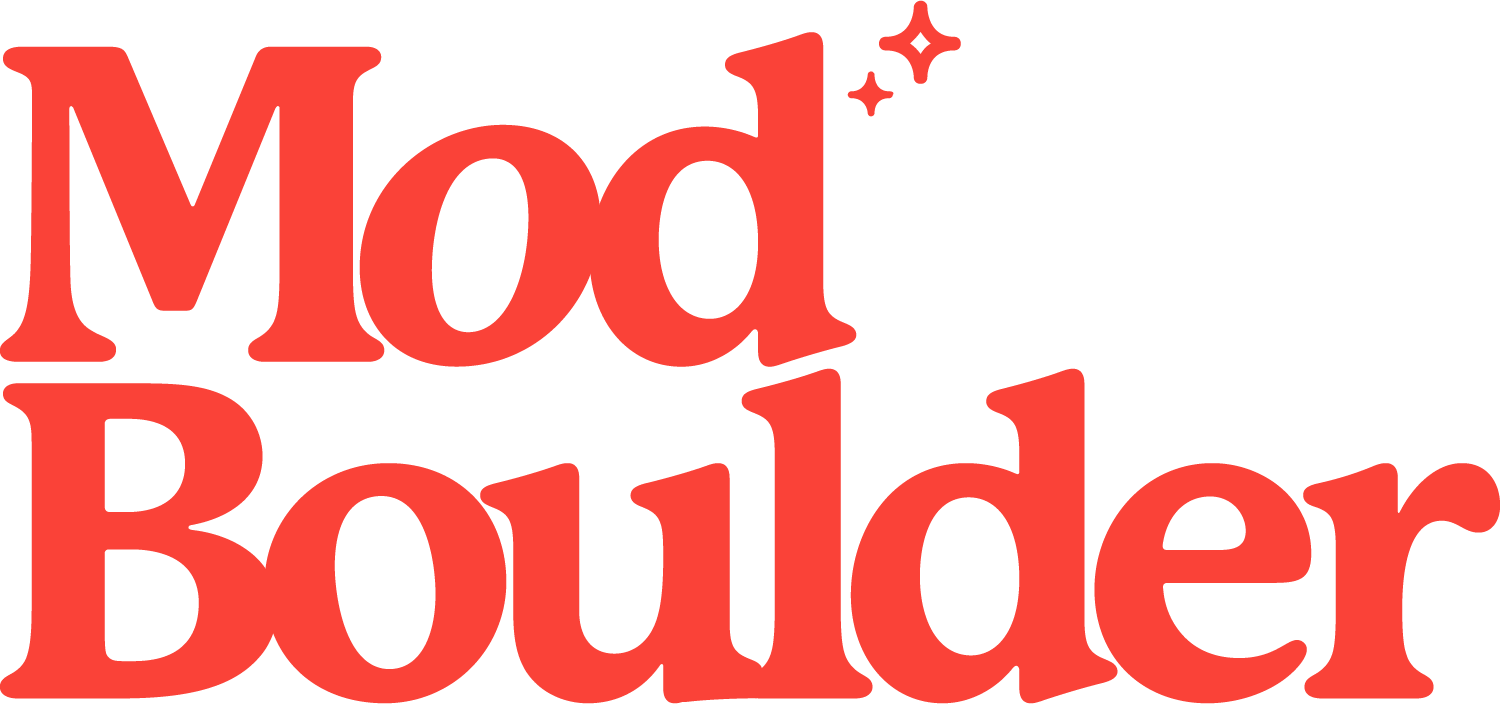Navigating Boulder's Affordable Housing Program
Picture Zoe, a young, fresh-faced Boulder woman in her mid-twenties, straight out of college and working full-time at a 29th Street Mall retailer. In her free time—when she’s not hiking Sanitas or sipping dirty chai at Ozo—she’s trolling The Denver Egotist looking for graphic design gigs. Boulder is her favorite place on earth, and she’s ready to settle down. Thing is, her income doesn’t even come close to affording anything within a 20-mile radius, whether it’s to rent or to own.
It’s no secret: living in Boulder comes with an eye-popping price tag. If you have dreams of homeownership in the city and your income falls into the low-to-moderate category, a scroll-session through Boulder’s real estate listings may leave you feeling bummed and hopeless, after the initial shock wears off. But persevere, shocked one: with Boulder’s Affordable Housing Programs, all hope is not lost.
Before we get into the nuts and bolts of the programs, let’s define a few terms. What’s "affordable" actually mean, here? Boulder sets affordable housing prices based on the area’s median income. “Alright,” we hear you saying, “so what’s a normal income like in Boulder?” The area’s median household income was $71,540 in 2014, which is $10,237 higher than Colorado’s median income, and $17,883 higher than the US’s median income. With her full-time retail gig, Zoe’s making nowhere near that and will ultimately spend somewhere between 30 and 60 percent of her income on housing. Hashtag STILLEXPENSIVE.
For buyers, the City of Boulder has established the Homeworks Program, which carries an inventory of permanently affordable homes, otherwise known as PA homes. According to the city’s website, its goal with PA homes is to “create housing stock that allows anyone to afford to live and work in the City of Boulder,” and aims to have ten percent of the city’s housing stock remain permanently affordable. These homes are governed by an Affordability Covenant that limits the resale price, among other restrictions, and are sold at below-market prices to eligible buyers. But hold onto your almond milk lattes, Boulderites: the Homeworks Program comes with some strict guidelines for eligibility.
Applicants must meet income requirements that fall into either the low-to-moderate category or the middle category. There’s also a limit on the value of current assets (with an exemption on a limited amount of retirement assets), and a educational program applicants must attend to learn the ins and outs of PA homeownership in Boulder County. Properties in the PA program are also restricted in the amount they can appreciate over time; this appreciation rate—currently at 3.5 percent—is generally tied to the average median income, and not Boulder’s high-stakes market conditions. And PA owners gotta stay put: homes must be continuously owner occupied, and there are strict rules on subletting rooms and the number of occupants living in the home. When it comes time to sell, resale is restricted to other qualifying applicants to the Homeworks Program.
In addition to Homeworks, there are several other assistance programs available to help with the often hefty down payment and closing costs. The Solution Grant is available to qualifying applicants with several caveats, including owning less than $15,000 in assets. And the H2O Program provides qualifying buyers with an additional loan to assist with a down payment, resulting in a lower monthly mortgage. It should be noted that the H2O Program is the only part of Boulder’s Affordable Housing Program that allows homebuyers to purchase a full-market-rate property and enjoy unlimited property appreciation.
Let’s get back to Zoe, our chai-sipping twenty-something: what if she’s not ready to buy just yet? Through Boulder Housing Partners, she can still rent below market value—meeting a few qualifications, of course. The Boulder Affordable Rental (BAR) Program allows qualifying residents to rent one- to four-bedroom apartments, duplexes, carriage houses, and townhouses at below-market rates. A resident’s minimum gross monthly income must be at least twice the amount of the rent, but not more than the maximum qualifying income, which ranges from 30 to 60 percent of Boulder’s median income mentioned earlier.
With all of these low-income options, it’s apparent that Boulder is making affordability a top priority for qualifying applicants. But let’s get to the bigger, more philosophical question: What’s the best investment for Zoe’s future? It really comes down to whether she values a house as a “home” or an “investment.” If Zoe were to purchase a PA home, the equity she builds would be minimal and the appreciation of the value of her home wouldn’t top 3.5 percent, doing her few long-term financial favors. However, establishing good credit and getting to live and work in a city she loves could prove to be an invaluable and life-changing experience. What’s the answer to Zoe’s housing dilemma? That’s for her heart to know and her brain to figure out.

